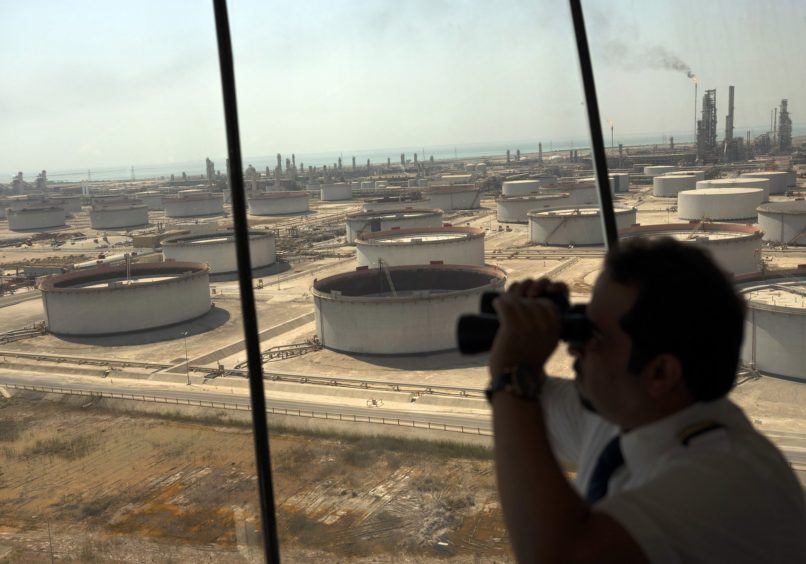
The world’s energy consumption will change “profoundly” if it is to meet the Paris Agreement goals, Wood Mackenzie has said in a new report.
Wood Mackenzie has published its Accelerated Energy Transition scenario (AET-2) setting out the challenge ahead.
“If we move to keep global warming to the 2°C limit set by the Paris Agreement, the energy matrix will change – and change profoundly,” WoodMac’s vice president macro oils Ann-Louise Hittle said.
Oil demand will begin dropping in 2023, if the world is to hit the targets. Declines will accelerate to year on year falls of 2 million barrels per day. By 2050, the world would be consuming around 35mn bpd.
As demand falls, so does price. By 2030, under this scenario, Brent would average $40 per barrel. By 2050, it may fall to $10-18 per barrel.
OPEC would grow to hold a market share of more than 50% by 2050. However, its power would be lost. Middle Eastern producers will continue to be “core providers” of crude, even while losing their ability to set prices.
The AET-2 outcome would also be “grim” for the downstream. By 2050, the global gross refining margin would be negative. Capacity has been reduced to one third of current throughput.
Survivors are coastal sites with integrated refinery and petrochemical capacity in industrial clusters. They would need to be able to process a range of inputs – from crude to biomass and waste – and operate with low carbon emissions.
No oil company, WoodMac went on to say, “is prepared for the scale of change envisioned”, with both IOCs and NOCs “severely challenged” by AET-2. Should this scenario manifest, the sector will see “asset impairments and bankruptcy or restructuring on a scale far greater than that of 2020”.
Gas shift
WoodMac sees gas and LNG as better placed under this scenario. The scenario would even see gas priced at a premium to oil.
Henry Hub will trade at a price of around $3-4 per 1,000 cubic feet, while LNG prices would reach $8-9 per mmBtu by 2040.
A switch from coal to gas in Asia would drive an 8% reduction in emissions.
“Large-scale development of CCS/CCUS in the industrial and power sector supports gas, while the deployment of blue hydrogen is a gas growth segment,” said global gas and LNG vice president Massimo Di-Odoardo. Gas and LNG demand will start to soften after 2040, with prices following.
“Gas and LNG sellers will need to focus on low-cost, low-carbon supply and Scope 1 and 2 CO2 emission reductions as carbon prices increase. The management of Scope 3 carbon emissions through CCS will need to become a part of integrated gas and LNG sales strategies,” Di-Odoardo said.
The AET-2 outline would also see LNG diverge further from oil indexation, which would require contracts to be overhauled.
The WoodMac scenario would see Big Oil end and Big Energy rise, it said. The majors are taking steps into new energies and are struggling with renewables. They are “leaders” in CCS and have an “early-mover advantage” with hydrogen.
WoodMac’s base case, though, expects emissions to continue rising and the world to warm by 3°C.

